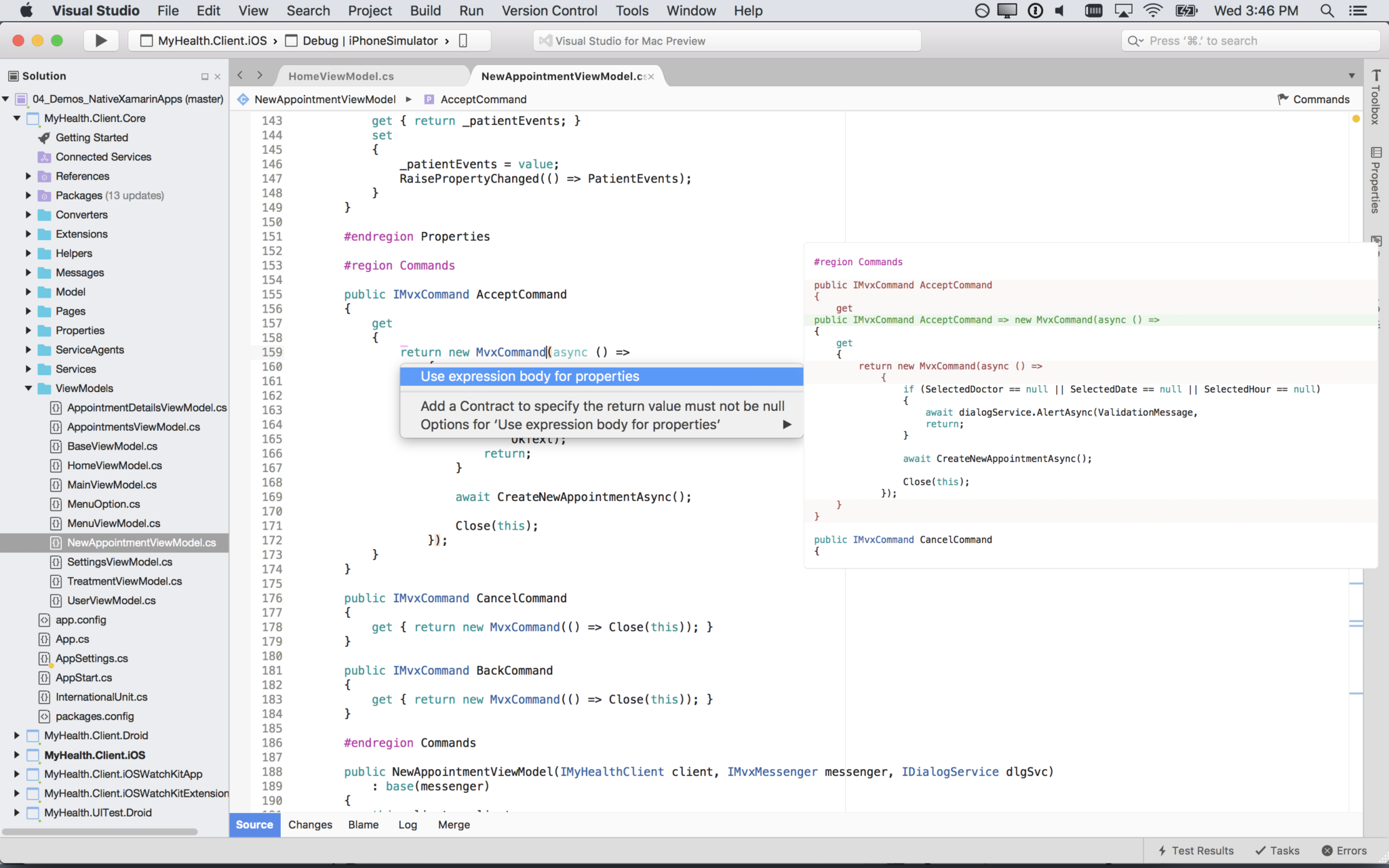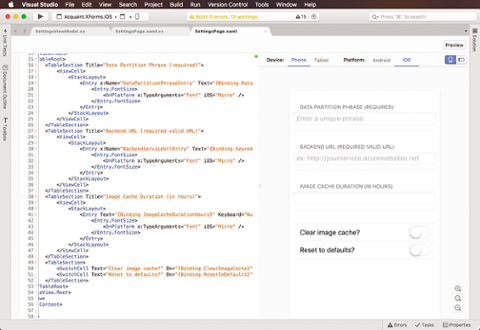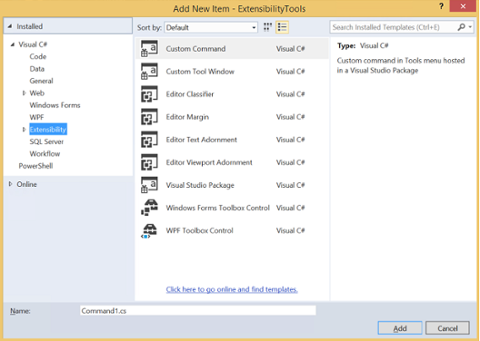 Visual Studio for Mac[/caption] At Build 2017, Microsoft announced general availability for the Mac version of Visual Studio. It’s available to download now, and the company promises some big features that may have you switching IDEs. It’s not the first time we’ve talked Visual Studio for Mac. Back in November 2016, Microsoft released it as a beta for eager developers. Now that it’s worked out the bugs, the company is releasing the first GA (general availability) candidate. Supporting C#, F#, .NET Core, ASP.NET Core, Xamarin and Unity, Visual Studio for Mac is a native application. It also leans heavily into Azure, on which Microsoft is hanging its hat at this year’s Build conference. “Visual Studio for Mac brings the integrated development environment (IDE) loved by millions to the Mac,” said Scott Guthrie, Microsoft’s Executive Vice President of Cloud and Enterprise. “Developers get a great IDE and a single environment to not only work on end-to-end solutions - from mobile and web apps to games - but also to integrate with and deploy to Azure.” Visual Studio will allow Mac-centric developers to build, deploy and debug in Azure, which Microsoft hopes will encourage more cross-platform development. It also shares code with the Windows version via Azure, which should help with collaboration. For Windows users, Visual Studio 2017 version 15.2 is likewise available. It returns Python to Visual Studio, and resurfaces the Data Science workload that encompasses R, Python and F#. Version 15.3 is also in beta, adding accessibility features and a .NET Core2.0 preview. It has Live Unit Testing for .NET Core projects, C++ standard conformance, enhancement in continuous delivery for ASP.NET, and ASP.NET Core projects targeting Azure App Services and improvements in container development.
Visual Studio for Mac[/caption] At Build 2017, Microsoft announced general availability for the Mac version of Visual Studio. It’s available to download now, and the company promises some big features that may have you switching IDEs. It’s not the first time we’ve talked Visual Studio for Mac. Back in November 2016, Microsoft released it as a beta for eager developers. Now that it’s worked out the bugs, the company is releasing the first GA (general availability) candidate. Supporting C#, F#, .NET Core, ASP.NET Core, Xamarin and Unity, Visual Studio for Mac is a native application. It also leans heavily into Azure, on which Microsoft is hanging its hat at this year’s Build conference. “Visual Studio for Mac brings the integrated development environment (IDE) loved by millions to the Mac,” said Scott Guthrie, Microsoft’s Executive Vice President of Cloud and Enterprise. “Developers get a great IDE and a single environment to not only work on end-to-end solutions - from mobile and web apps to games - but also to integrate with and deploy to Azure.” Visual Studio will allow Mac-centric developers to build, deploy and debug in Azure, which Microsoft hopes will encourage more cross-platform development. It also shares code with the Windows version via Azure, which should help with collaboration. For Windows users, Visual Studio 2017 version 15.2 is likewise available. It returns Python to Visual Studio, and resurfaces the Data Science workload that encompasses R, Python and F#. Version 15.3 is also in beta, adding accessibility features and a .NET Core2.0 preview. It has Live Unit Testing for .NET Core projects, C++ standard conformance, enhancement in continuous delivery for ASP.NET, and ASP.NET Core projects targeting Azure App Services and improvements in container development.
The downside? This all leads back to Microsoft. Mac-based devs still can’t natively code in Swift or Objective-C via Visual Studio, nor can they access Apple’s various kits. That’s not entirely Microsoft’s fault, but highlights some disparity in its “cloud first, mobile first” thinking. But as-is, Microsoft's IDE does feel like a refresh of Xcode. It’s brighter, with a bit more whitespace, and loses a bit of the functionality Apple has held onto with its IDE (which also bogs it down). Visually stunning, Visual Studio is unabashedly meant for Azure applications, where Microsoft is making deep investments. If you're curious about the software's capabilities, you can download Visual Studio for Mac directly from Microsoft.Developing Windows software on a Mac, seems so oxymoron.
— Bryan Rahn (@BryanRahn) May 10, 2017



